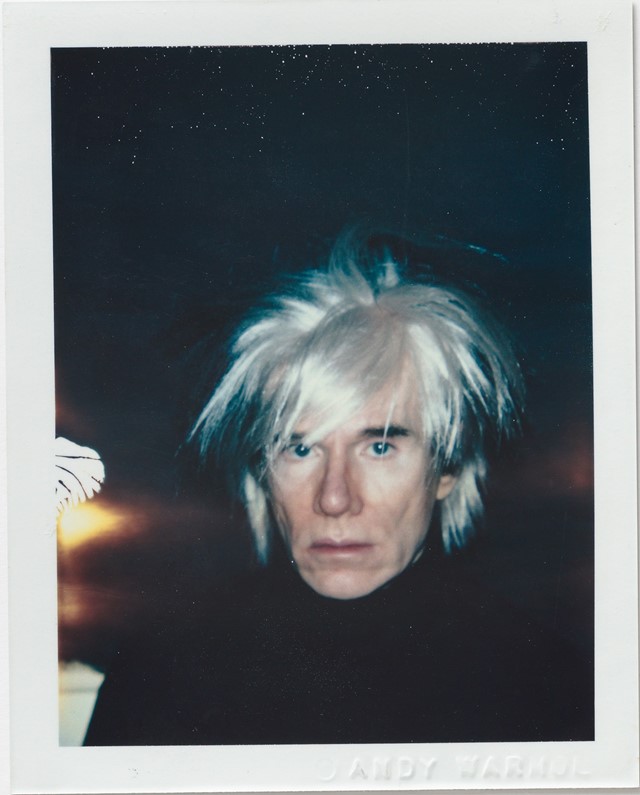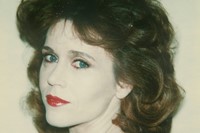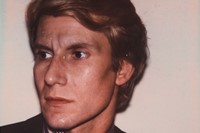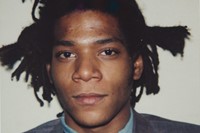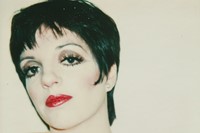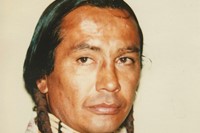As his gallery exhibits previously unseen Polaroids by Andy Warhol, Aeneas Bastian remembers being shot by the pop artist in his New York Factory
Andy Warhol is, beyond his own legendary status, known for capturing the most famous faces on the planet, using silkscreen prints and Polaroids alike to immortalise everyone from Jean-Michel Basquiat to John Lennon. Throughout his career he built an impossibly glamorous mystique around The Factory, as an extension of his own persona as artist and celebrity. However, Aeneas Bastian, director of his eponymous gallery with venues in Berlin and London, was relatively unfazed when he was invited to sit for Warhol as a child.
The Bastian family’s personal relationship with the artist has informed Andy Warhol Polaroid Pictures, the first exhibition at the gallery’s new London branch that presents an unprecedented collection of the artist’s Polaroid photographs. These include portraits, still lifes and a rare large-format self-portrait measuring 81.3 x 55.9 centimetres that captures a candid, raw and private moment with the artist.
Through these powerful images Warhol invokes the spirit of 70s and 80s visual culture, by examining the notion of the facade through the lens of Studio 54 and The Factory. His portraits of infamous figures such as Jane Fonda, Yves Saint Laurent and Dennis Hopper appear to capture intimate, fleeting moments that speak of an ultimate in-crowd most of us can only imagine. We spoke to Bastian about the experience of sitting for the renowned artist at such a tender age, the legacy of Warhol’s career, and its enduring impact on his own life.
“I was a young boy when I first met Andy Warhol. I was six when we first met and seven when he took my portrait. My parents [Céline and Heiner Bastian] were curators and writers based in Berlin and were introduced to him through a German publisher who asked my father to edit a new Warhol book. So, it started as a working relationship and grew into a friendship.
“My parents took me to The Factory to have the portrait taken in 1982. I don’t think I had any idea of the significance at the time. From what they told me I had a sense that I was going to visit a very large structure. This was not an artist alone in a studio working away, there was a huge team, with a lot of assistants. Of course, it was quite special to see him, although he hardly said anything. He was such a kind, polite and silent person, but he still had such a presence. That’s how I remember him.
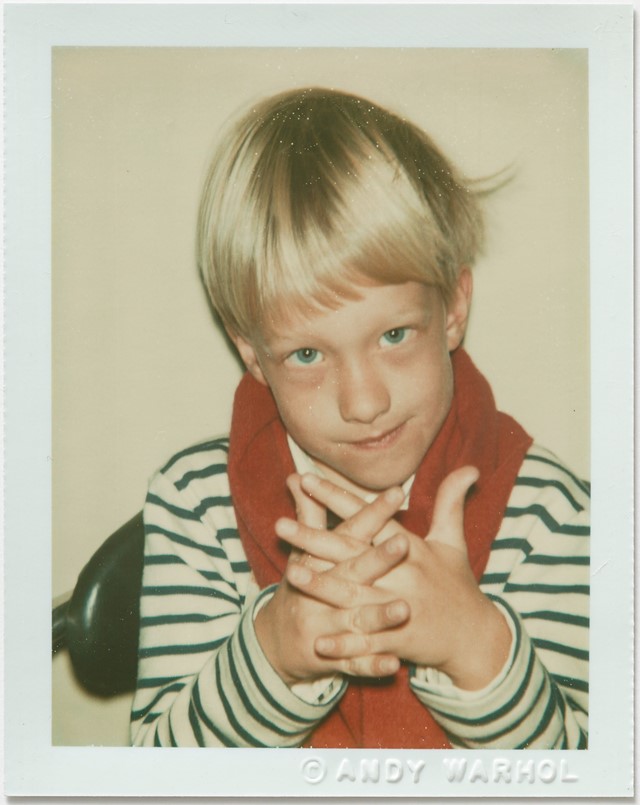
“Normally he took pictures of actors, writers, politicians, musicians and fellow visual artists – celebrities. Otherwise he would photograph businessmen if it was for a commission, which of course was quite expensive. My parents and I were something different, a separate category all together. I’m really a small part of the studio practice based in The Factory, I think it would be a bit pretentious to consider myself part of that former illustrious group! In this exhibition at Bastian we are exhibiting quite a few Polaroids that have never been seen before, such as the two Beuys photos, and in fact none of them have ever been seen in London. It is quite remarkable to have all of this work in Europe.
“When I went to have my portrait taken, I remember he took maybe six to eight Polaroids, and two were given to us as gifts later on. He had chosen a chair and a particular spot in the studio, but there really weren’t any directions beyond that. I think it was because he didn’t like to talk. I only posed for a few minutes, because the camera was so fast. You had to wait for a moment between shots, for the film to come through, but then he would just take another and another. There was a real instantaneous nature. With Polaroids there isn’t a lengthy process that would be involved in say, a painting, where the artists can change the work even after the multiple portrait sessions are over. In this case it is all replaced with an almost automatic process.
“Andy remains the most enigmatic artist I have ever met and is still a complete mystery to me. He famously said: ‘If you want to know all about Andy Warhol, just look at my works.’ There’s nothing behind it. Seeing the work so early on and meeting him made this exhibition a very special project for me. I had no idea how formative it would be at that time.”
Andy Warhol: Polaroid Pictures is at BASTIAN, London, until April 13, 2019.
